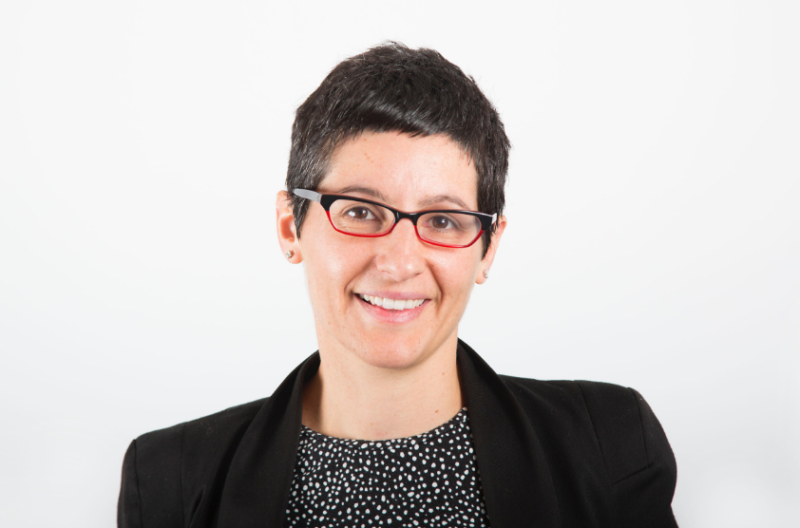Havas Media replaces Vizeum as World Vision shifts media focus to digital
Havas Media Melbourne has won the the $7m World Vision media account from incumbent Vizeum after a review sparked by a major shift towards digital by the aid organisation, Mumbrella can reveal.

World Vision’s new CMO Teresa Sperti said moving the media account to Havas would allow the NGO to do more in the digital space
The loss is the latest blow to Vizuem which three weeks ago lost the Pernod Ricard account to Blue 449 and is currently defending its hold on the BMW business in Melbourne.
The decision by one of Australia’s biggest charity advertisers marks a major shift for the NGO under the leadership of CEO Claire Rogers, former head of digital at ANZ Bank, who was appointed to the role just nine months ago.


Not sure if they have done their homework on the core demographic that donate to charities. I would suggest that the demographic they should be targeting may not be digitally savvy.
Donor demographics are changing! And while what you said may have been true in the past it is no longer so as the technology is making way into every corner of households. Even my grandmother prefers ipad to television now.
It might be better to use a larger sample than your Grandma when trying to understand the relevance of an iPad over TV.
An NGO has to convince ‘supporters’ their donation is working effectively, and that through transparently showing real and truthful stories from the sponsored child receiving support. Whatever channel used, the emotional connection matters more..